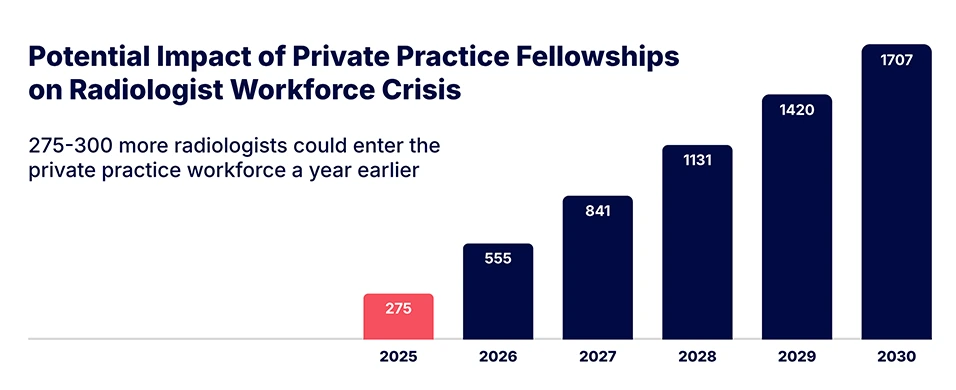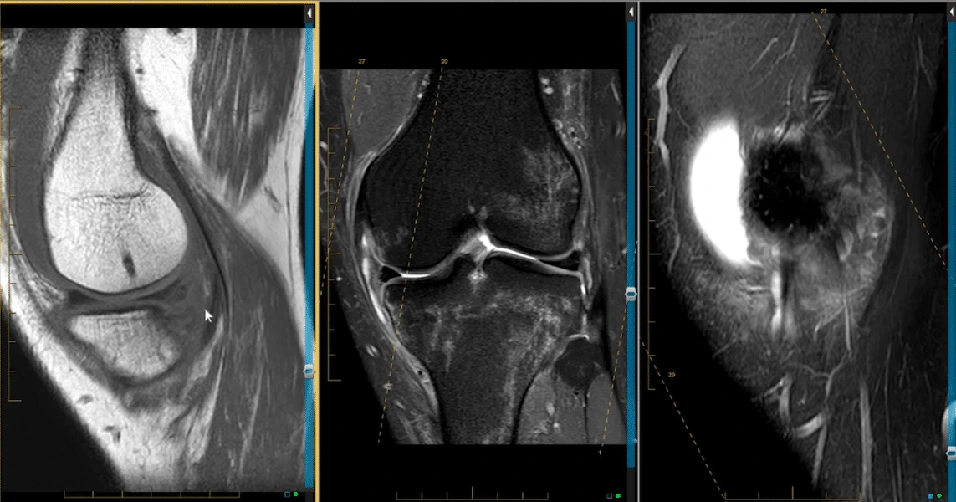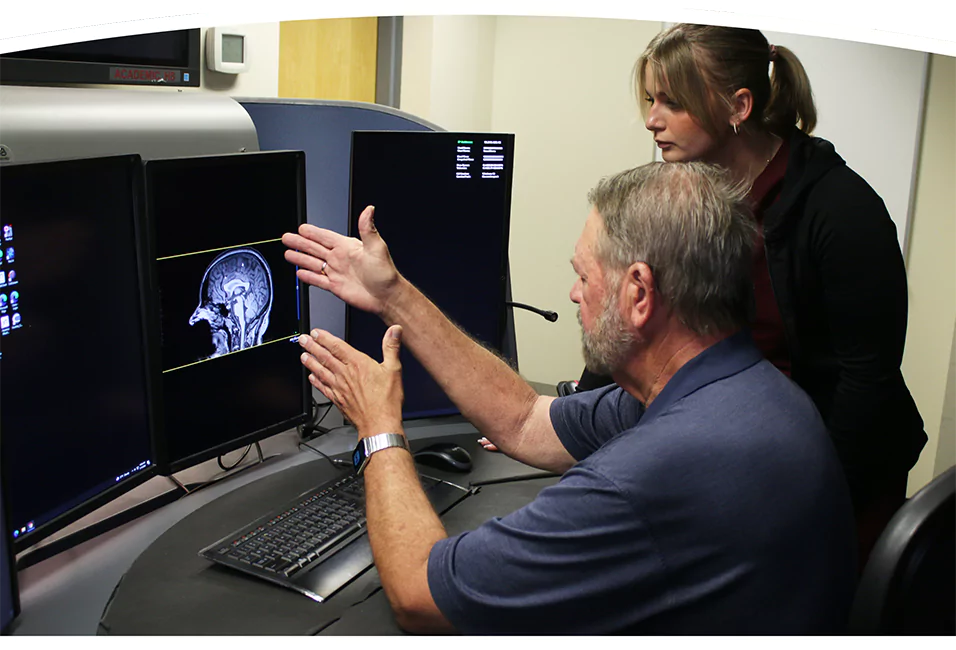For more than 20 years, professional journals have speculated on how to retain radiologists across healthcare settings including private practices, academic medical centers, and community hospitals. They knew increasing retirements from an aging workforce would eventually take its toll, so would increasing rates of workplace dissatisfaction. But no one could foresee the havoc wrought by the COVID pandemic.
Add high rates of burnout, competition for compensation, crushing workloads, and you have the perfect storm for radiologists to shop, and leave the practice. To survive and keep talented staff, practices must make retention part of recruitment. It’s not a new idea.
In 2004, the Journal of Medical Practice Management1 published an article urging practices to consider retention as an extension of the recruitment effort. Fast forward to the present day and statistics show that retention isn’t just a good strategy - it’s the only strategy to keep radiologists.
The 2022 Review of Physician and Advanced Practitioner Recruiting Incentives2 shows that radiology is the third most requested specialty, behind nurse practitioners and family medicine physicians. There’s plenty of demand and not enough professionals to go around. Unfilled job openings on the American College of Radiology job board3 are climbing to new heights. That market competition puts radiologists in the driver’s seat and requires that practices find a way to retain good people.

Four Retention Strategies to Consider
It’s actually not difficult to retain talented radiologists, it’s a matter of dedicating resources to support the strategy. If a practice can address these four issues, there is a good chance it will lead to more successful retention.
1. Competitive wages and benefits
Money always talks, and today it is one of the main reasons why radiologists are on the move. The main culprit is the fact that RVUs are increasingly central to compensation. However, when the RVU/incentive balance is out of whack, radiologists know it, and they move on to a more favorable financial environment.
Practices need to make sure that success is possible and the RVU system will truly incentivize, not penalize, radiologists.
2. Aggressively address burnout
A recent Medscape survey4 shows that 54% of radiologists report burnout, many of them saying it is “pervasive and persistent”. Physicians regularly identify the top factors as:
- Too little compensation for the workload
- The lack of work/life balance
- The lack of administrative support
Nearly half the physicians surveyed (45%) said that increased compensation and more manageable work schedule would help alleviate burnout. It is also important that administration should practice continual communication and transparency to improve radiologist satisfaction. Practices can also access the American College of Radiology Radiology Well-Being Program to assist with long-term stress.
3. Provide a quality work environment
Radiologists want to know they are valued. That means making sure they have the modern equipment and effective technology they need to do their job. Transparency is essential in this area. Administration must communicate with the radiology team:
- What is being purchased and when
- The timeline for improvements
- If there will be delays, give the reasons why
Radiologists want support. Practices should provide support teams to relieve radiologists of administrative burdens so they can handle the demands of increasing workloads.
Another factor to creating a positive work environment is to give radiologists a sense of control over their work, and the opportunity to provide input.
- Include radiologists in workflow improvements to maximize productivity
- Administration can support a sense of efficacy by providing feedback, team huddles, and other types of information sharing
This is an area where teleradiology can play a productive role.The ability to work remotely improves work/life balance and reduces stress, including burnout. Implementing the technology requires only a high-speed, reliable internet connection. The radiologist can work from home and avoid lengthy commutes.
As a result, it is easier to fill call schedules and off shifts. Radiologists are less resistant to filling those shifts because it doesn’t mean rushing to the hospital for emergency imaging, it can be done from home. That can be the tipping point for retaining talented professionals.
4. Training and education
Radiologists want more education throughout their career. They want increased knowledge in subspecialties. This is especially important for mid-career radiologists who want training to feel they are valued by the organization. An article in the RSNA Daily Bulletin5 suggests encouraging mid-career radiologists with training and mentors so they don’t feel “stuck” in their career.
- Encourage radiologists to pursue subspecialization they enjoy, even if they read across all specialties, to adapt to the evolving priorities of the practice of radiology
- Create scholarships and reimbursement programs for CME
- Create in-house mentoring programs, pairing more seasoned radiologists with newer staff
The Bottom Line
Retention means supporting radiologists with strategies that make them feel valued. Most likely the pipeline of available talent isn’t going to improve any time soon. The market is dynamic and these professionals are going to continue to shop for higher compensation and better work environments.
To retain staff, practices must make sure they create and offer that desirable environment. The alternative is not enough staff to provide high quality patient care. And that impacts the bottom line, every time.
References
- Allen V. Recruitment, retention, and revenue: the three Rs of successful group practice management. J Med Pract Manage. 2004 Jan-Feb;19(4):185-8. PMID: 15018363.
- The 2022 Review of Physician and Advanced Practitioner Recruiting Incentives. AMN Healthcare Merritt Hawkins
- 2022 Radiologist Job Market Update: High volume, high pay and a search for high quality of life. Radiology Business. May 25, 2022.
- 'I Cry but No One Cares': Physician Burnout & Depression Report 2023. Medscape.com
- The Forgotten Middle—Strategies to Engage Mid-Career Radiologists | RSNA 2021




